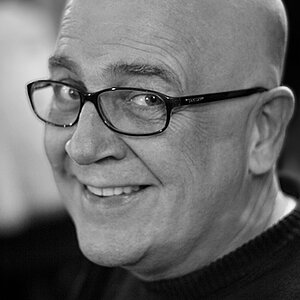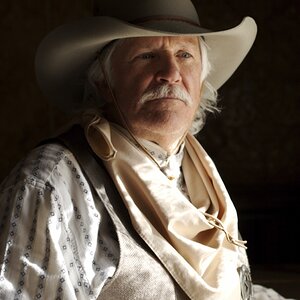Derrel
Mr. Rain Cloud
- Joined
- Jul 23, 2009
- Messages
- 48,225
- Reaction score
- 18,941
- Location
- USA
- Website
- www.pbase.com
- Can others edit my Photos
- Photos OK to edit
Both are good cameras. Both are built on basically, the same chassis and out of the same parts bins. The term "entry-level full frame" could also be described as, "mid-level enthusiast body," or "semi-professional FX body", but the full-frame line in Nikon has for the most part been TOP-grade cameras like the D3,D3s,D3x,and D4...by comparison to those bodies, yes, the D600 and D610 are "entry-level", but they are also wayyyyy ahead of the original Canon 5D and the 5D Mark II, which were for the better part of a decade, a "standard, professional wedding/portrait" camera model...you know...a $380 Canon EOS Elan body, with a FF sensor slid into it, and pretty much zero other features...no flash, no flash commander, color blind metering, slow mirror return time, slow FPS rate, slow X-synch speed, modest buffer, and a 9-area AF system with ALL the focus points literally CRAMMED into a tiny, center-ONLY diamond shape.
My point is--don't get hung up on the "entry-level full frame" way of looking at a D600 or D610. And the D7100? Outstanding image quality. BEST sensor in ANY APS-C camera from any maker. My point is what Nikon shooters call "entry-level full-frame" is really a way to differentiate from "Flagship-level D3s/D3x/D4 build quality and feature sets" and "world's highest-resolution D800e body in a high-end consumer build".
Each camera has some plusses. Either one is pretty advanced, considering how simple some d-slr's from three years ago were. Either one is a decent choice.
I prefer FX. Many long-lens users vastly prefer DX.
My point is--don't get hung up on the "entry-level full frame" way of looking at a D600 or D610. And the D7100? Outstanding image quality. BEST sensor in ANY APS-C camera from any maker. My point is what Nikon shooters call "entry-level full-frame" is really a way to differentiate from "Flagship-level D3s/D3x/D4 build quality and feature sets" and "world's highest-resolution D800e body in a high-end consumer build".
Each camera has some plusses. Either one is pretty advanced, considering how simple some d-slr's from three years ago were. Either one is a decent choice.
I prefer FX. Many long-lens users vastly prefer DX.




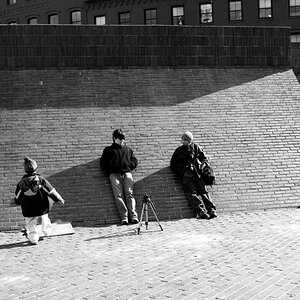
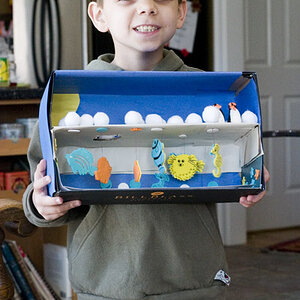
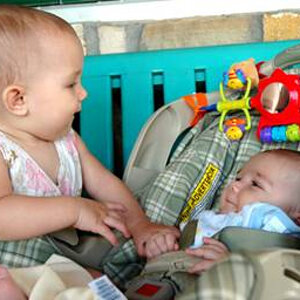
![[No title]](/data/xfmg/thumbnail/31/31012-f5e0c7cdea2f2c3e44737e3f61c2461a.jpg?1619734567)
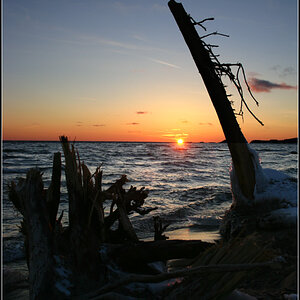
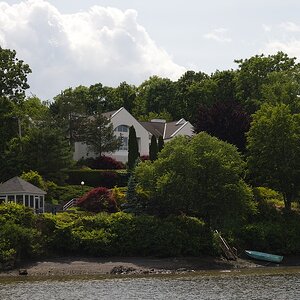

![[No title]](/data/xfmg/thumbnail/36/36299-468f060314a0ac2bf5e37da1c33149d2.jpg?1619737493)
